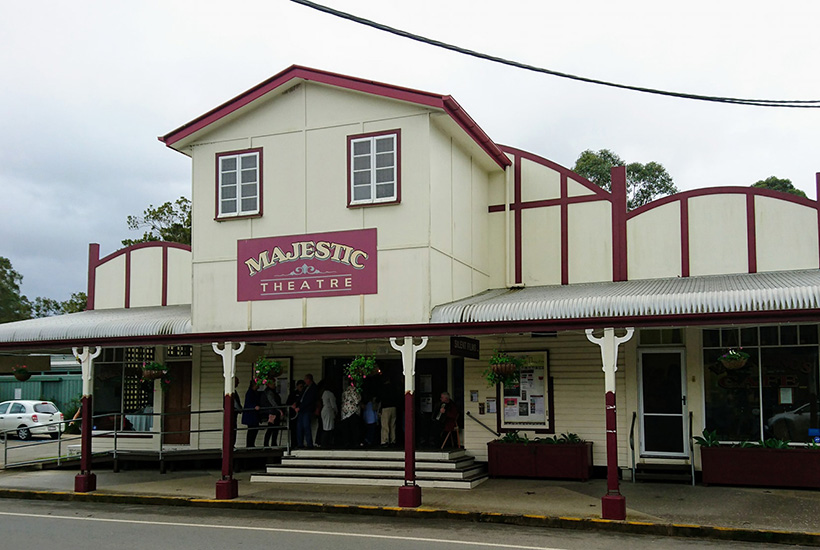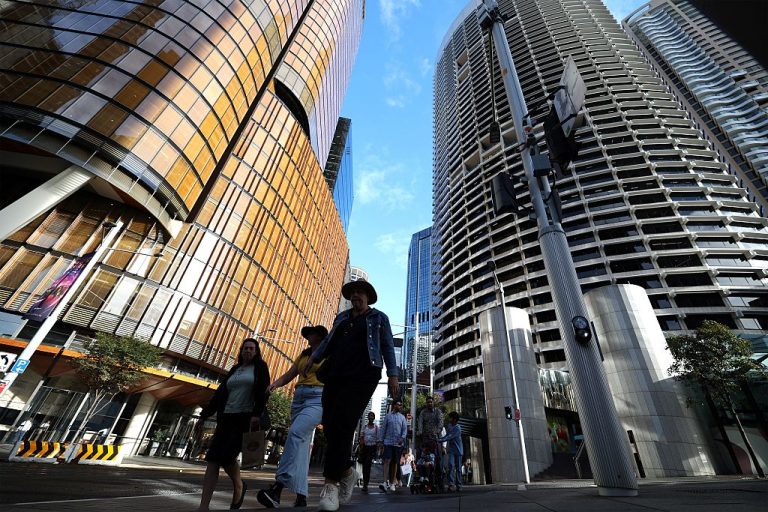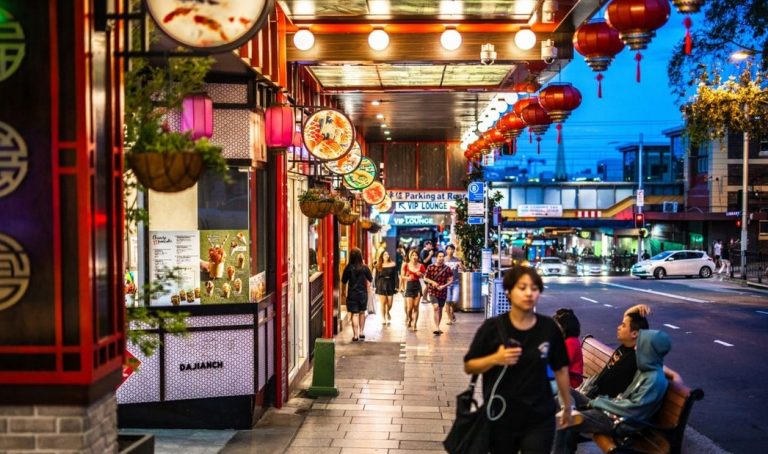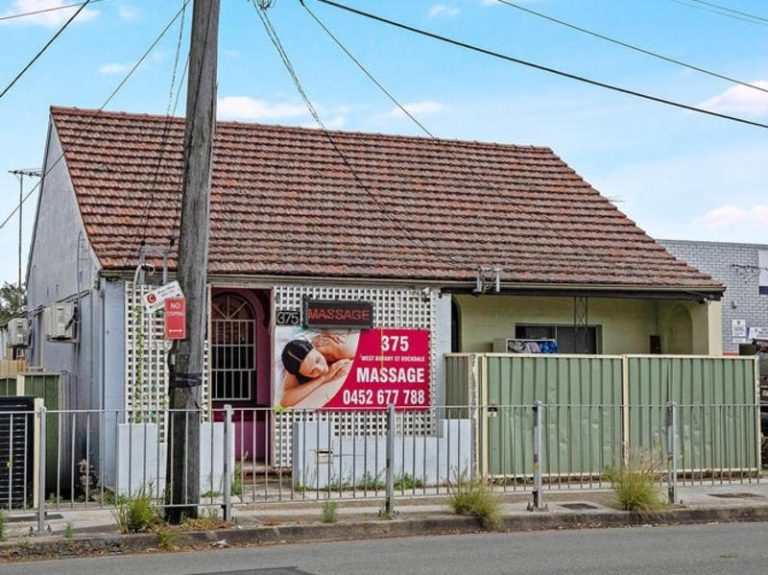How Australian picture theatres of yesteryear are surviving the pandemic

They’ve survived world wars, financial crises and countless other challenges throughout their very storied histories.
And Australia’s historic picture theatres and cinemas are again proving remarkably resilient as they face arguably their biggest threat yet: COVID-19.
Few industries have been hit harder than Australia’s entertainment industry during the pandemic, with public venues among the most heavily impacted due to enforced closures and restrictions on attendance numbers.
But many of our most historic cinemas and theatres are already open for business and have combined traditional moviegoing with some innovative revenue streams in order to re-engage patrons in an authentic moviegoing experience, while at the same time ensuring the business’ survival.
While the vast majority of Victorian cinemas – including iconic theatres such as St Kilda’s Astor – are in hibernation due to COVID lockdown regulations, in other states historic cinemas have already begun bouncing back.

St Kilda’s Astor Theatre is currently closed. Picture: astortheatre.com.au.
At Noosa’s Majestic Theatre – the world’s longest running silent cinema, which doubles as a live music venue – the cancellation of around 30 events during the initial phase of the pandemic was a blow, but it has quickly rebounded once patrons were permitted to return.
The theatre’s vice president and events coordinator Alison Hadfield says the movie experience might look a little different, but it’s one that people are embracing.
“The theatre is 100 years old next year, so it’s survived many things. A couple of wars in there and various other political stoushes, so a bit of COVID is probably not going to deter us too much,” she says.
“We’re running at less than half our capacity. We’re only a small theatre of 200 and we can only have 65 in their at the moment.”
“We’re lucky that we don’t have fixed seating, so we can move chairs around.”
Hadfield says they have also changed the structure of the venue’s popular live music performances in order to accommodate more attendees and better support musicians.
“We’ve been having low-volume gigs, so instead of doing one afternoon concert of a couple of hours, we’re breaking them up into two sessions with 65 people at each session, so the musos can still get close to the same amount of money,” she says.
“That’s been working well and it just helps the performers out.”

Surry Hills’ Golden Age cinema has reopened.
At Sydney’s boutique Golden Age Cinema in inner-city Surry Hills, a unique approach to generating income during the initial coronavirus lockdown has provided both a lifeline for the business and additional revenue streams moving forward.
Like many Australian hospitality businesses, the 56-seat 1940s cinema quickly pivoted towards providing their services to local patrons in their homes.
That meant home delivery of candy bar items, as well cocktails and other alcohol. Most notably, however, it also led to the creation of an innovative movie streaming platform called “Movie Night”, which offers a curated selection of films that people can order and stream in their homes.
Golden Age CEO Barrie Barton says it was critical for historic theatres to find ways to generate cashflow until they were able to reopen, which his theatre was able to do recently, albeit to reduced audiences.
“We’re only a 56-seat cinema to start with, and we’re currently only allowed 20 in the cinema and roughly 30 in the bar,” Barton says.
“Having the bar along with the cinema is a really useful business model right at the moment. You’re less reliant on ticket sales for survival. We’re now in the fortunate position where we’re allowed at least some people back into the cinema and bar and we’re at capacity in terms of what social distancing allows, but we now have these two additional revenue streams.”
“Our strategy was to see people’s couches as part of our seating inventory and to take our product to them on their couches, whether it’s alcohol or candy or films.”
Barton says he is confident patrons will return to Australian cinemas in larger numbers once social distancing laws allow.
“It was lovely to be able to let people back into our beautiful old cinema. We could tell how grateful our customers were to be able to come back.”
Are cinemas and theatres open in your state under COVID-19 restrictions?
NSW
Theatres and cinemas were permitted to increase their seated capacity to 50% as of September 28, to a maximum of 1000 tickets,
All business must also complete a COVID-19 Safety Plan
VIC
Under the “second step” in restrictions for metropolitan Melbourne and “third step” for regional Victoria, all entertainment venues remain closed.
QLD
Under current reopening regulations, Queensland cinemas can reopen, provided the number of patrons does not exceed one person per four square metres.
If premises are less than 200sqm in size, the limit is increased to one person per two square metres but no more than 50 people.
SA
In South Australia, cinemas reopened on June 1 and are limited to one person per two square metres of space, while attendees must remain at least 1.5 metres apart.
WA
Cinemas have been open for business in Western Australia since June, under Phase 4 of Western Australia’s coronavirus restrictions.
TAS
Under Tasmania’s regulations, up to 250 people can be accommodated within each undivided cinema space, while also being subject to the one person per two square metre rule.







